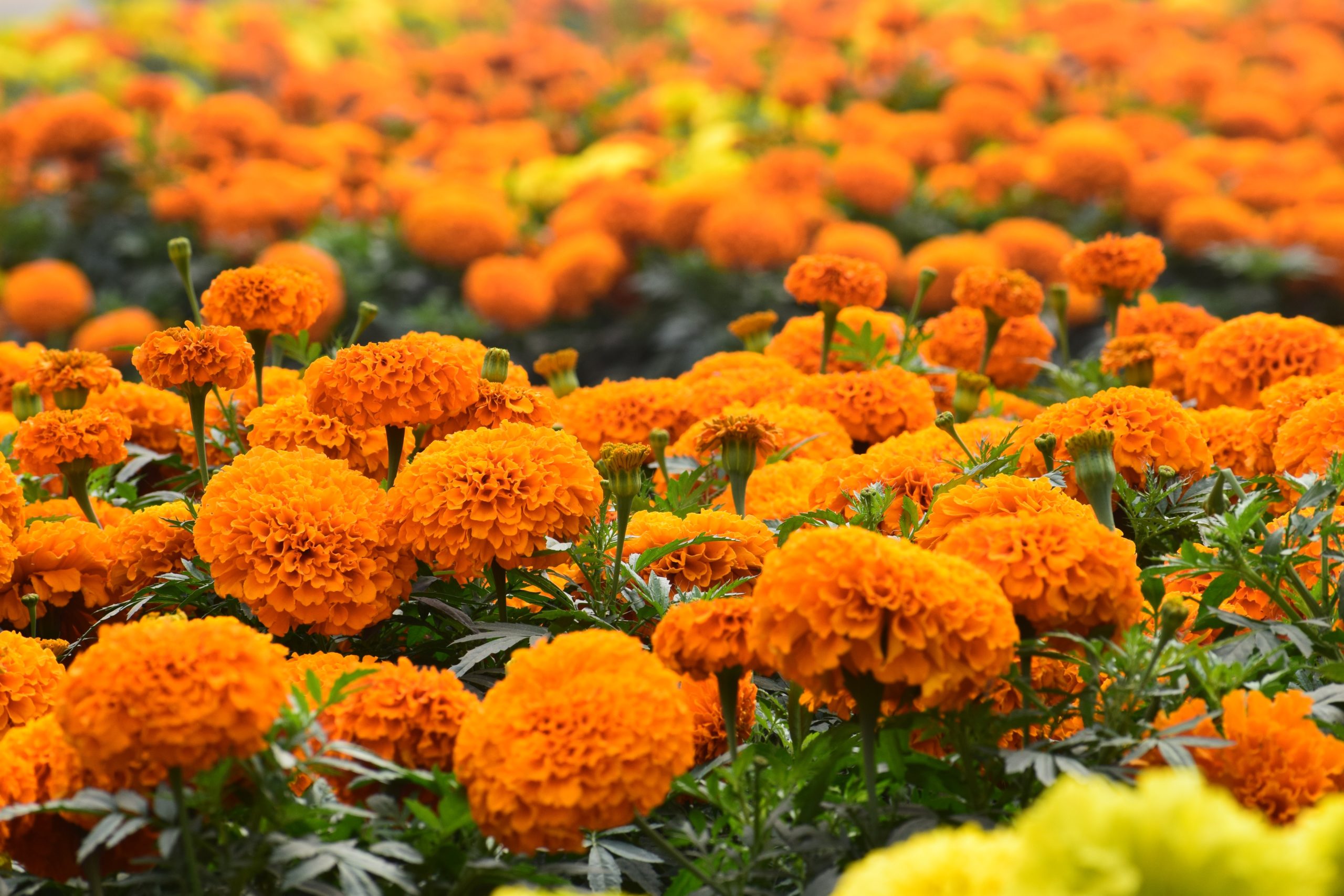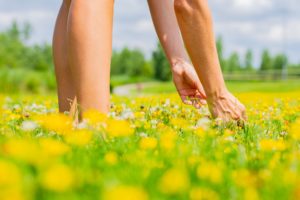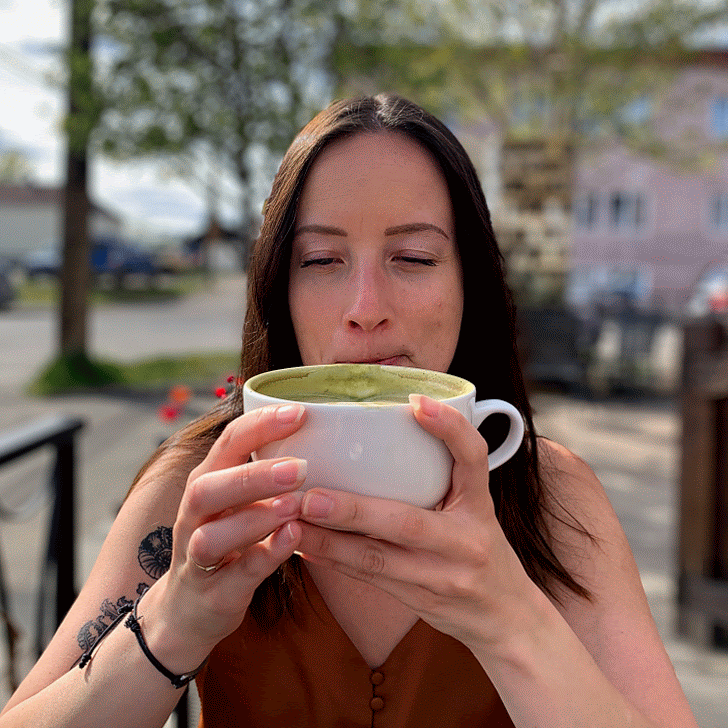What is the Goal?
I believe that the goal of healing is not to reverse your autoimmune condition, and rather to put it into remission. Depending on each person and each autoimmune condition, remission can mean something different.
Seeing that my bloodwork is within a healthy range is not as important to me as having more energy and less physical pain. Wanting fewer symptoms is why we want our bloodwork within range in the first place, isn’t it? If I feel the best I have ever felt, for me that is remission. For someone else, that may mean eating without feeling sick or not being sensitive to temperature changes.
The Loss of Indigenous Microbes
Autoimmunity is not as mysterious as it once was. We know now that many conditions are being fueled by gut dysbiosis. Living in North America inherently means you are losing microbiota and you are currently living in a mass loss of indigenous microbes. This is not a geographic issue, this is the issue of a loveless food system and pesticide use. Within 3 months of moving to the US, immigrants will lose an average of 15% of their microbiota and this will continue to rise over the years and over generations.
These numbers matter, especially in the context of chronic illness and autoimmunity. The more beneficial bacteria we lose, the smaller our army is to fight off pathogenic bacteria. Some pathogenic bacteria are known to trigger autoimmune responses and this is something that can be quantified with a GI-MAP and slowly guided back into balance with a custom protocol based on the individual’s results.
Pathogenic Bacteria Associated with Autoimmunity
Table 1. Bacteria and Viruses as Potential Autoimmune Triggers.
| Microorganisms | Autoimmune Association |
| Citrobacter spp. and Citrobacter freundii | Rheumatoid arthritis |
| Klebsiella spp. and Klebsiella pneumoniae | Crohn’s disease, ulcerative colitis, ankylosing spondylitis, and other spondyloarthropathies (which include ankylosing spondylitis, arthritis associated with Crohn’s or ulcerative colitis, psoriatic arthritis, and reactive arthritis) |
| Mycobacterium avium subsp. paratuberculosis (MAP) | Rheumatoid arthritis, Crohn’s disease |
| Prevotella copri | Rheumatoid arthritis |
| Proteus spp. | Rheumatoid arthritis |
| Proteus mirabilis | Rheumatoid arthritis and spondyloarthropathies (listed above) |
| Yersinia enterocolitica | Grave’s disease, Hashimoto’s thyroiditis, reactive arthritis |
| Cytomegalovirus (CMV) | Systemic lupus erythematosus, systemic sclerosis, type 1 diabetes, rheumatoid arthritis |
| Epstein-Barr Virus (EBV) | Rheumatoid arthritis, lupus, Sjogren’s, multiple sclerosis, autoimmune thyroid disorders |
Correlation and association are not inherently causation, but they may be contributing factors to the severity of flares and so on. The chart above highlights a few examples of pathogenic bacteria and their relationships with some autoimmune conditions.
So What do you do Now?
Doing a GI-MAP with a practitioner that is fluent in reading the patterns is, in my opinion, the gold standard for figuring out where your gut health is at and how that could potentially be affecting your day-to-day. However, I understand that not everyone is ready to drop hundreds of dollars on this without first trying a few things for themselves. In the meantime, there are a couple of things you can do that are great for overall gut health!
Eat a wide variety of plants.
The American Gut Project is a large-scale research project and is referenced to great extent for good reason. You are probably going to get tired of hearing this, but the people with the greatest microbiome diversity are people who eat 30 different plants per week.
The research did not find that diversity was better in “vegan” or “omnivore” people, but rather in the people that ate the most varied diet. My motto is that when I see a fruit, vegetable or bean that I have never tried, I will give it a try.
Go Foraging!
Plant diversity is one of my personal motivations for foraging. Wild plants, depending on where you are foraging, should be relatively pesticide and herbicide-free and by learning to properly identify wild edible plants, you gain access to hundreds of foods that you won’t find in a grocery store.
Grow Your Own Food
Growing your own food is another way to access plants and varietals that you don’t usually see in a grocery store. There are more than 10,000 varieties of tomatoes alone. I have seen probably 6 in a grocery store. Cherry tomatoes, grape tomatoes, beefsteak if you are lucky. You will also find that grocery-store tomatoes taste like nothing compared to a home-grown or organically-grown local tomato.
Do a CSA
Community-Supported Agriculture is a really cool way for getting interesting plants delivered to you weekly or biweekly. It is a system that connects producers and consumers within the food system closer by allowing the consumer to subscribe to the harvest of a certain farm. That means, whatever vegetable is ripe, fresh, and ready to eat on the farm that week is what you get.
My Program
When you are ready to take the next step in your journey, my HELD program incorporates the functional testing listed above along with guidance on what to eat and supplement if necessary for a period of 12+ weeks.
References
The American Gut Project https://journals.asm.org/doi/10.1128/mSystems.00031-18
Loss of Microbes in North America https://www.ncbi.nlm.nih.gov/pmc/articles/PMC6498444/
Gut Health and Autoimmunity https://www.ncbi.nlm.nih.gov/pmc/articles/PMC6854958/









